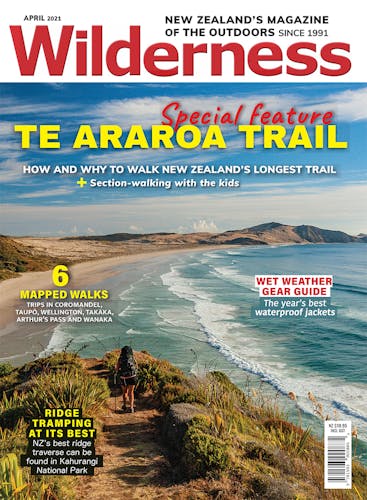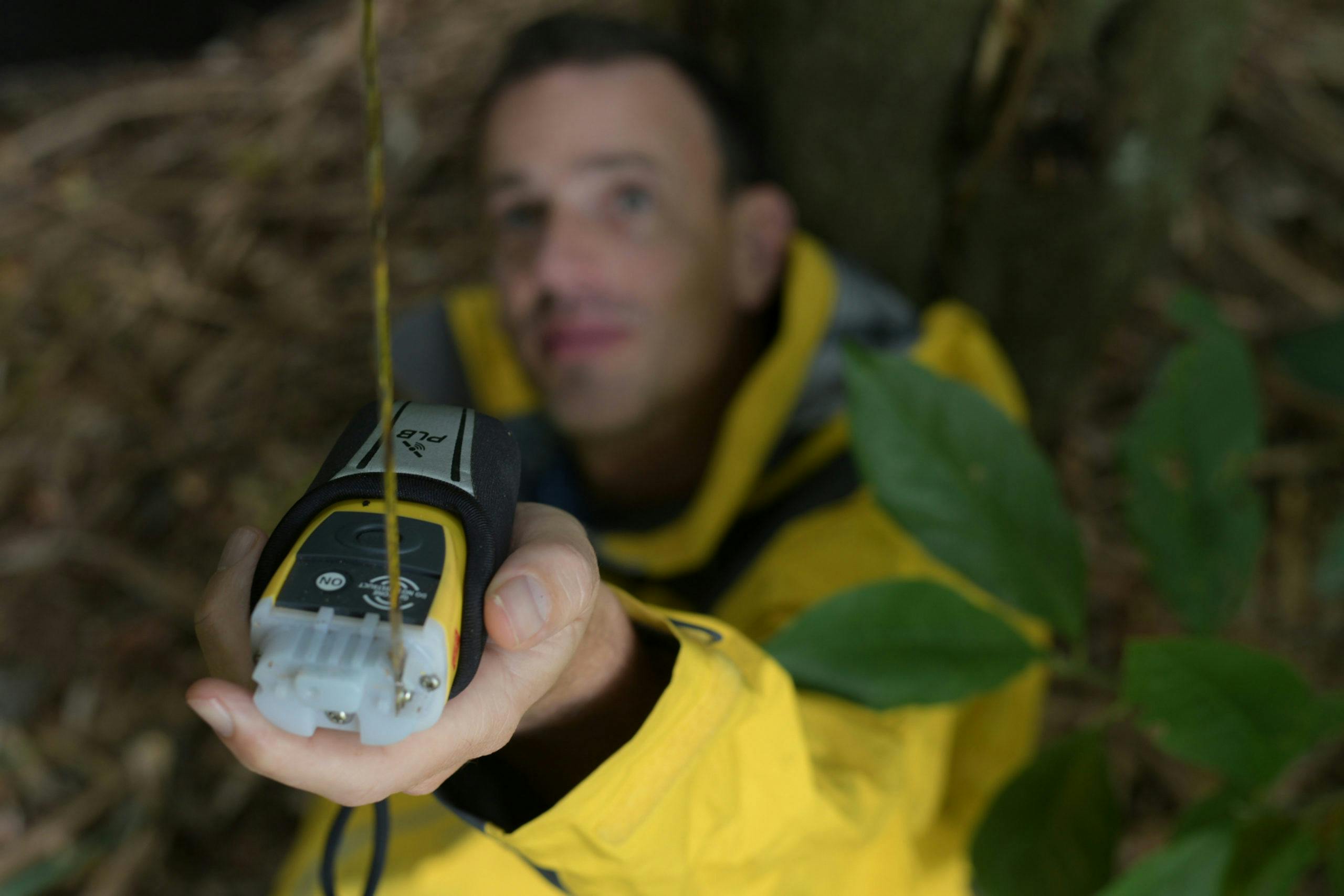The saying goes that a PLB takes the ‘search’ out of search and rescue. They’re compact, lightweight and inexpensive (when compared to the potential cost of not carrying one) and some models allow you to keep in touch with loved ones.
GPS and 406MHz
All modern beacons transmit a 406MHz signal, but some also transmit the older 121.5MHz signal to help searchers home in on your location once they arrive in the vicinity. Your chosen PLB should also be GPS-enabled so it can send your exact location to searchers.
When to activate?
Distress beacons should be used in life-threatening situations and where self-rescue is not possible. RCCNZ advises people to err on the side of caution and to activate their PLB with plenty of daylight as it’s easier and more convenient to search during the day than in the middle of the night. Once activated, keep the beacon turned on and in one place (if possible, find a clearing and remain there until help arrives).
Registration
It is a legal requirement to register your PLB with the Rescue Coordination Centre New Zealand (RCCNZ). There is no charge to do this and once completed, your PLB’s distress signal will be linked to your personal information – name, address, emergency contact phone numbers, any medical conditions – that can offer clues to your specific needs as well as speed the rescue response time.
How they work
Within a few minutes of a PLB being activated, the signal is picked up by a satellite and sent to RCCNZ, which uses the data to determine the exact location of the beacon. RCCNZ will then contact the people listed on the beacon’s registration details to determine such things as your intentions, the number of people in your party, and the equipment you have with you. When the position has been determined, RCCNZ will launch a rescue operation.
Types of beacons
Most beacons work as an emergency device only – sending a signal when you need help. Satellite messengers allow users to send and receive text messages and link to social media accounts so others can follow your progress. These devices are popular among people walking long-distance trails. One advantage these units have over PLBs is that batteries can be recharged, whereas PLBs cannot be recharged and require their battery to be replaced once every five or six years or once it has been activated. However, message-capable devices require users to pay a monthly or annual subscription fee in order to send and receive messages.
Tips
- Keep your device securely on your person.
- Ensure everyone in your party knows where the beacon is and how to operate it.
- When possible, have more than one PLB in your tramping group (though only activate one beacon during an emergency).
- Make sure your PLB is waterproof and can float (or comes with a flotation device).
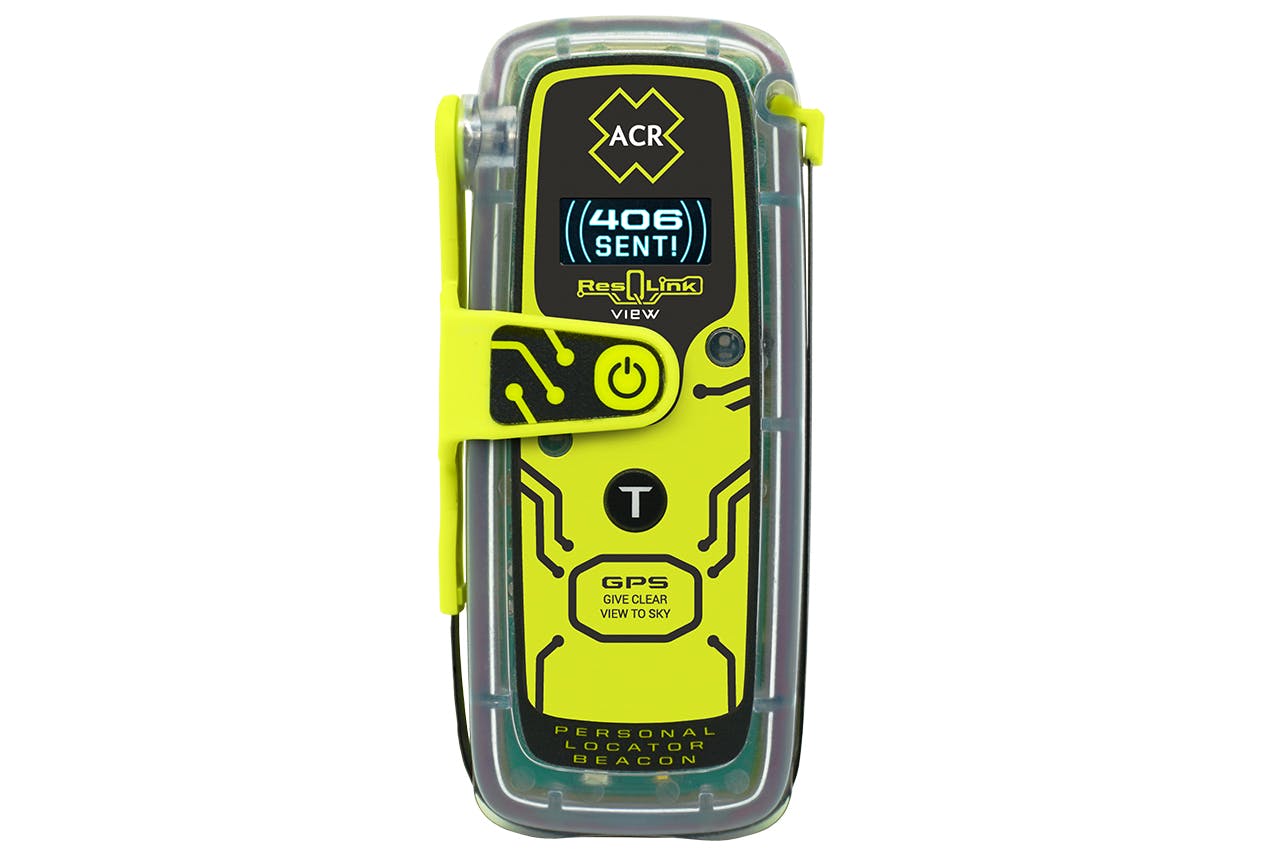
ACR ResQlink View $679.99
Built-in buoyancy, digital display providing live status and GPS coordinates, 406MHz and 121.5MHz transmission, strobe and infrared strobe, global coverage, five-year battery life, 28hr operational life, ACR skins for beacon customisation. 148g. www.hutchwilco.co.nz
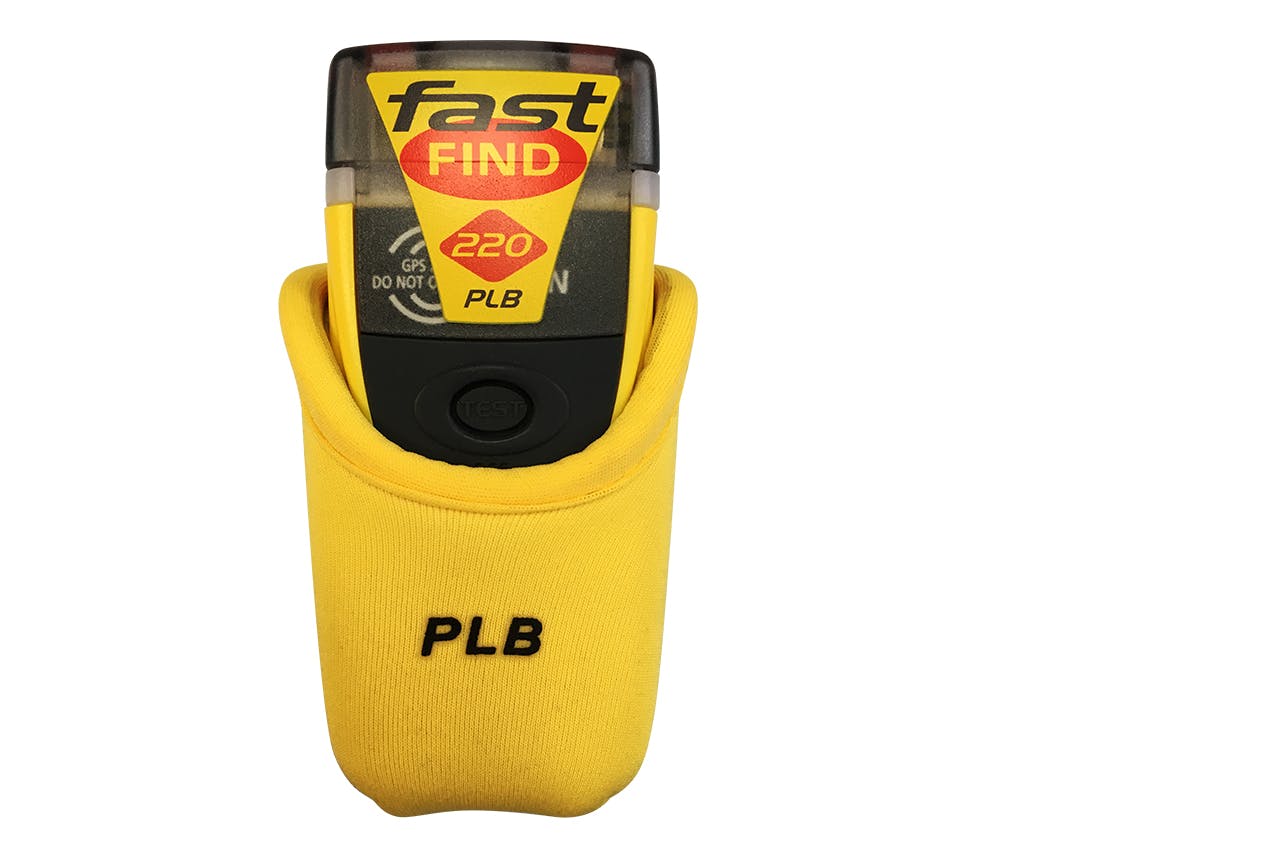
McMurdo Fast Find 220 $599
406 and 121.5MHz PLB, LED SOS light, 50 channel GPS and GNSS Galileo receiver provides access to all 72 satellites, protected under-lid antenna, waterproof to 10m, minimum 24hr operation, six-year battery storage life, self-test, battery use indicator, lanyard, flotation pouch. 152g. www.absolutemarine.co.nz
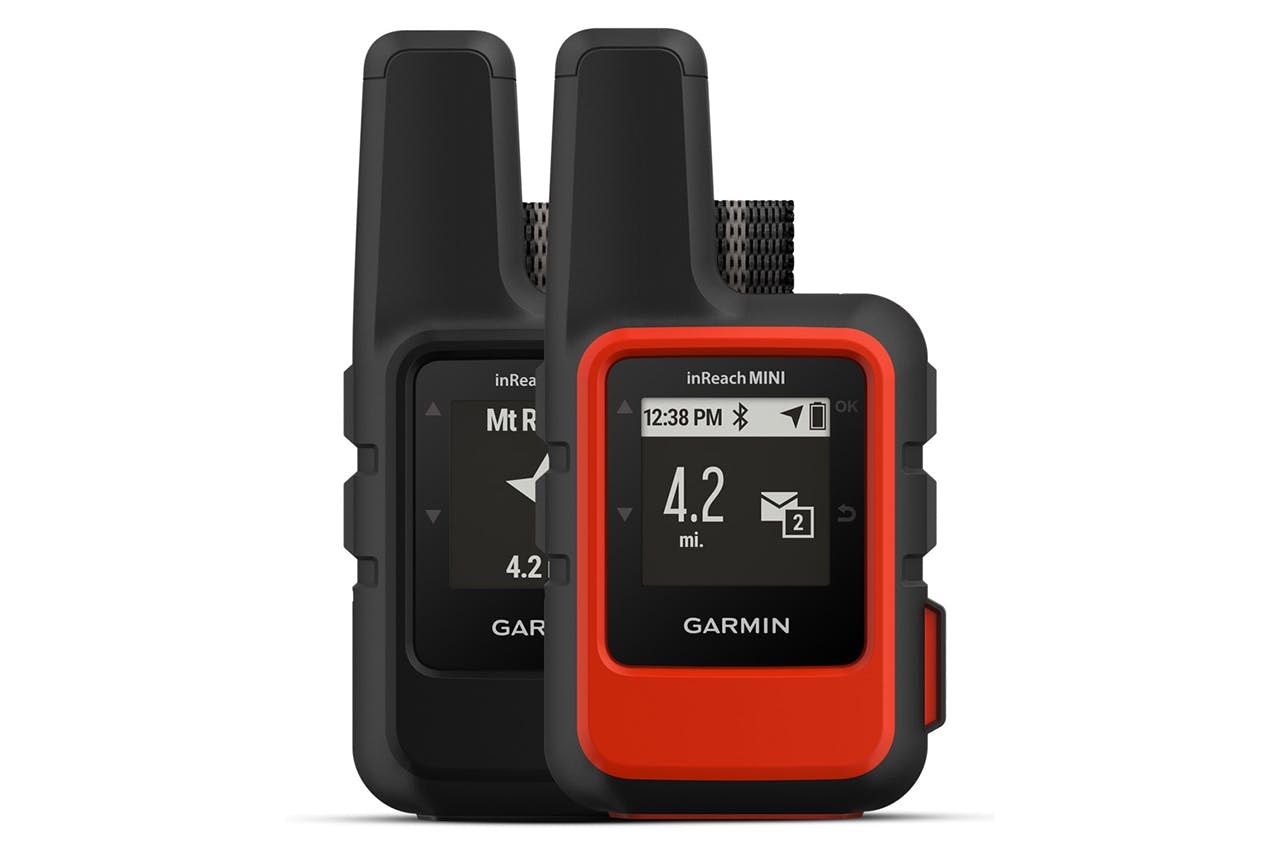
Garmin InReach Mini $599
Palm-sized device, global connectivity, two way messaging, interactive SOS connected to New Zealand-based response services, rechargeable lithium battery provides up to 50hr run time. 100g. www.trackme.nz
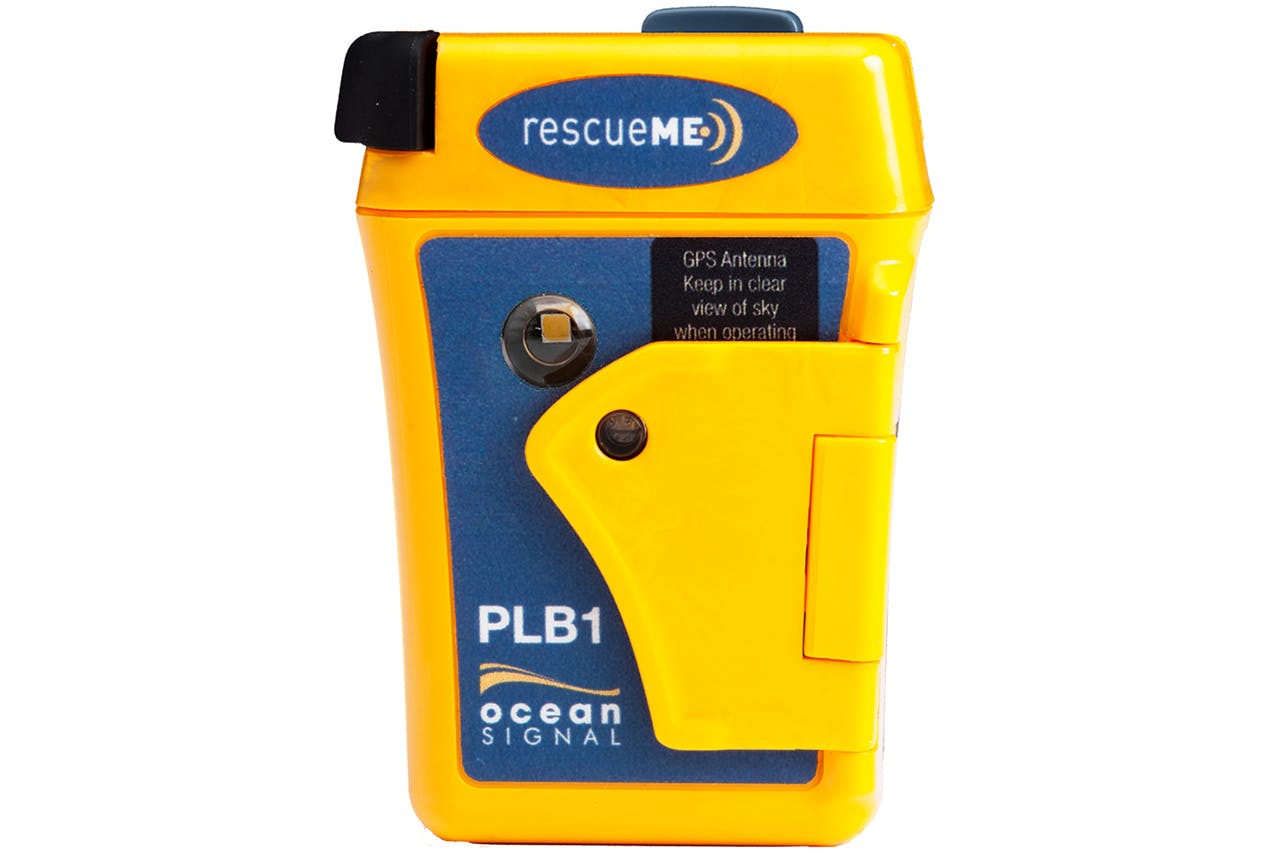
Ocean Signal rescueMe PLB1 $529
Single-handed operation, 406MHz and 121.5MHz transmission, seven-year battery life, seven-year warranty, 66 channel GPS, minimum 24hr operation, flotation pouch, mounting clip, bright strobe light. 116g. www.rescueme.co.nz
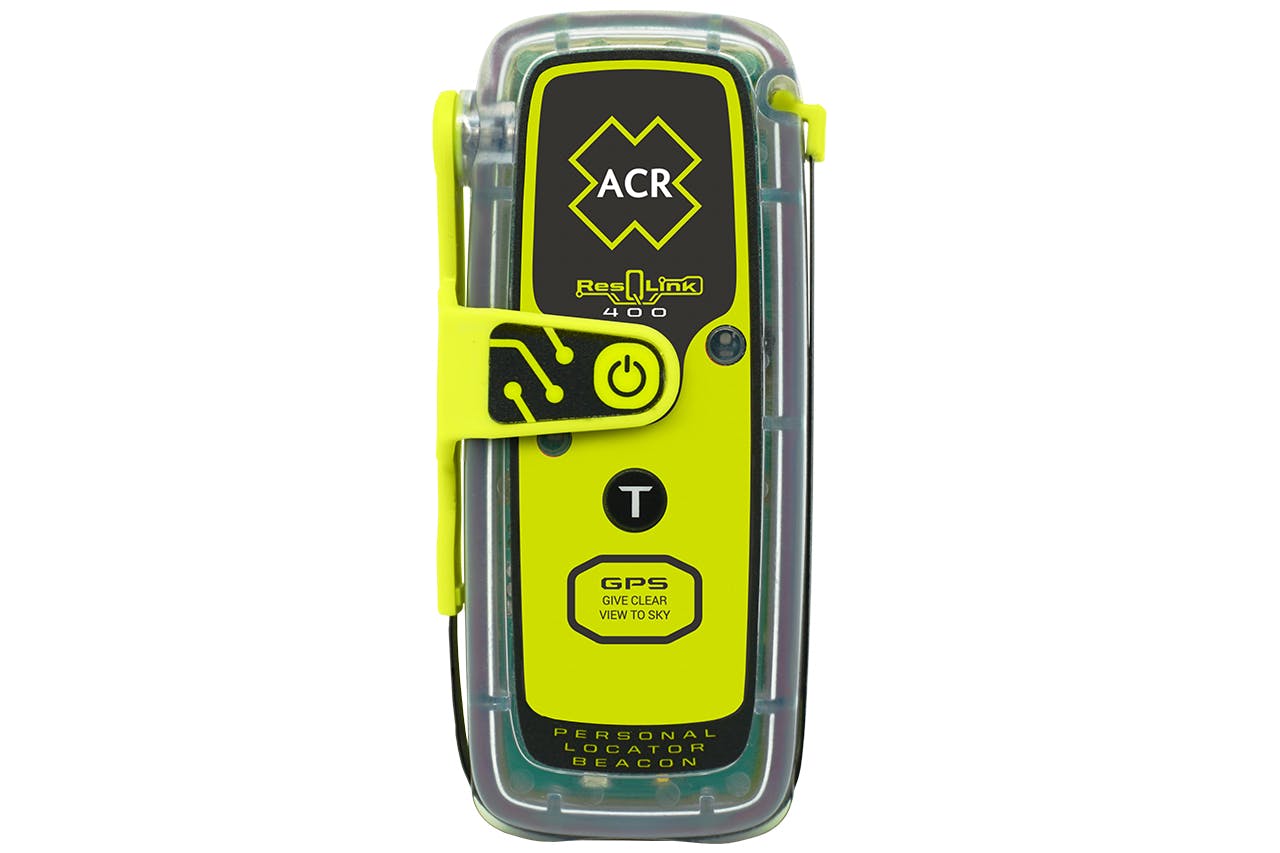
ACR ResQlink 400 $529.99
Built-in buoyancy, strobe and infrared strobe, global coverage, 406MHz and 121.5MHz transmission, five-year battery life, minimum 24hr operation, multi-function clip system. 148g. www.hutchwilco.co.nz





